Today we will consider different levels of pollution in North Cyprus. All the data that we could find will be displayed here so that you can understand what kind of environment you live in or will only live…
Pollution levels in Northern Cyprus. This means the presence of unfavorable materials in the environment, which most often occurs in connection with human activities. Let’s talk about soil, water and air pollution. It is customary to take into account 8 types of pollution:
Air pollution
Air pollution is the introduction of harmful substances into the air, which has a negative impact on the environment, as well as on humans. As a result, the air is no longer clean. In particular, hydrocarbons, various organic compounds and gases are emitted into the air. This can lead to negative consequences for human health and the condition of animals and plants. Emissions from plants and factories are one of the most striking examples of the causes of air pollution. However, if we are talking about Northern Cyprus, then there are no harmful industries here. And the only plant that pollutes the environment is the Teknecik Power Plant.
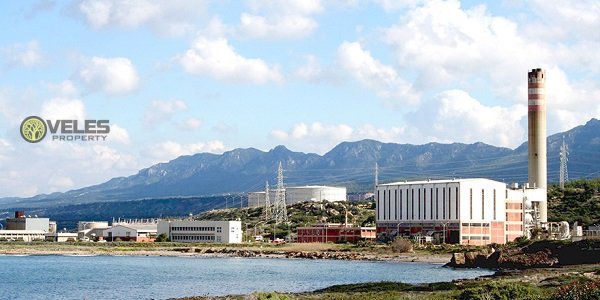
They use diesel and steam turbines to generate electricity in North Cyprus. If there is anything harmful to the environment, it is only the products of fuel combustion formed during combustion in steam and diesel boilers.
Water pollution
Water pollution includes harmful emissions into the seas and oceans, lakes and groundwater. This happens when foreign chemicals or materials enter the water, which can lead to negative consequences for the ecosystem of the water body. Water is considered the second most polluted natural resource after air. Since there are no harmful industries in Northern Cyprus, there are no chemicals that can get into the water. Most likely, what pollutes the water is Syria and neighboring countries, which spill oil in the Mediterranean Sea every 5-10 years. And all coastal hotels in Northern Cyprus that pour sewage waste into the sea, of course, according to the rules, they must first filter it. I personally came across articles in the Turkish media several times about the illegal discharge of sewage waste into the waters of the Mediterranean Sea.
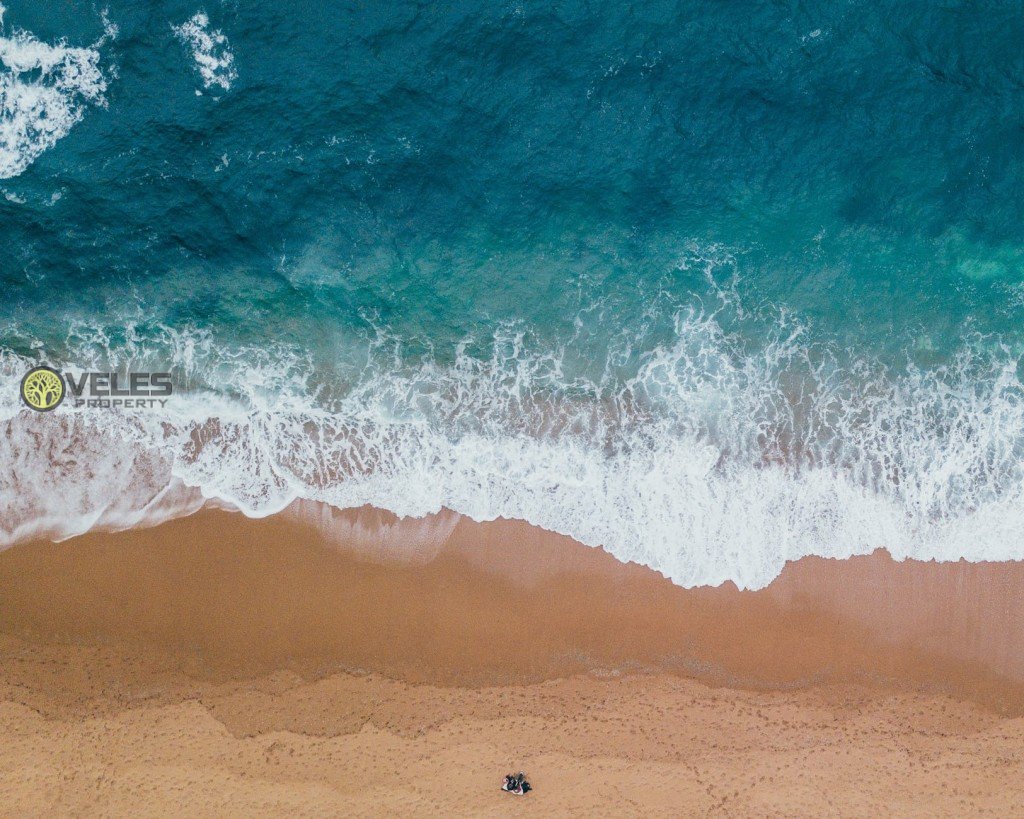
For example, the cleanest water is near the Greek, Cretan and Cypriot coasts. Moreover, most Greek and Cypriot beaches have received blue flags, which means compliance with strict environmental requirements. So, I don’t worry much about this either. Since everything in Northern Cyprus happens within the limits of “reasonable madness” 🙂
Soil pollution
Land pollution is a deterioration in the quality of the soil surface, its unsuitability to support the existence of living organisms. This is directly or indirectly related to human activity. Land pollution occurs when garbage is not disposed of, which in turn leads to toxins and chemicals entering the soil. It also happens when people dump chemicals on the ground. All this leads to significant negative consequences for human health, for the state of the flora and the quality of soils.
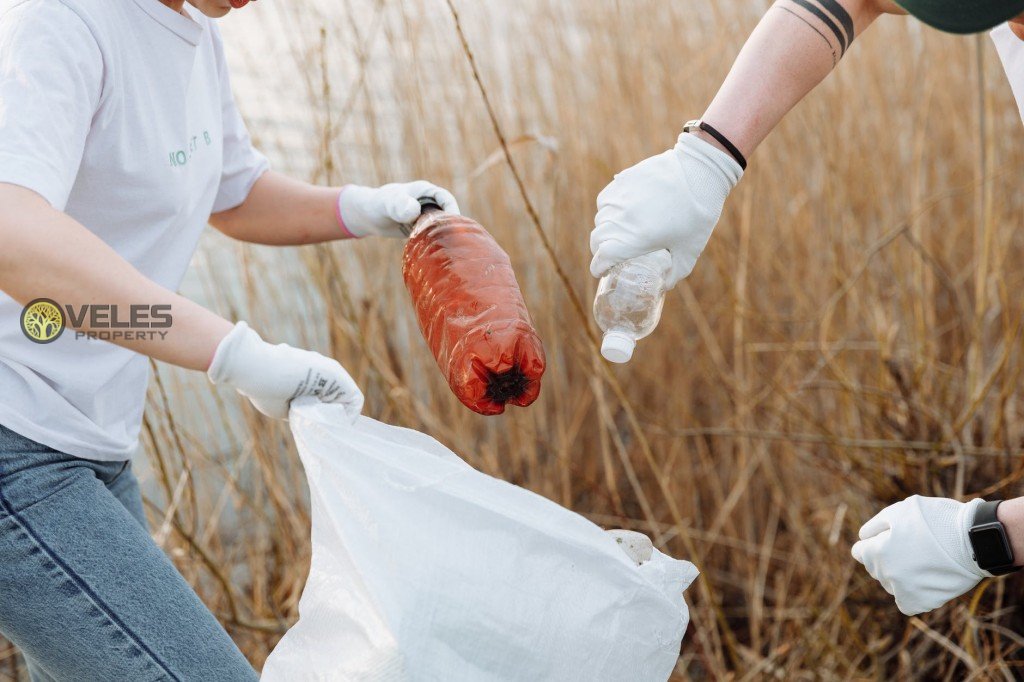
I am not very worried about chemical emissions, since this is strictly monitored by local authorities. Land and crop cultivation are done within the norm. And even, sometimes without using pesticides and chemicals. After all, local products are considered to be among the cleanest on the entire Mediterranean coast. By the way, in Northern Cyprus, they often dispose of certain products if they exceed the permissible norm. For example, there was a case when the TRNC suddenly ran out of potatoes. It turned out that they found an above-normal level of pesticides in it and burned it so that the local population would not suffer. As for plastic garbage, I must admit, the local Turkish Cypriots still need to work on this! 🙂
Noise pollution
Noise pollution means high noise levels that lead to discomfort for humans as well as animals. The volume level of sound is measured in decibels. If the volume level exceeds certain values, then it is customary to talk about noise pollution. Volume levels above 100 decibels can cause hearing loss. According to WHO standards, the recommended noise level at enterprises should not exceed 75 decibels. There are no such problems in Northern Cyprus. The only noisy places are local Turkish cafes with live music 🙂 That’s where the “noise pollution” ends… 🙂
Thermal pollution
Thermal pollution occurs when the temperature regime of water bodies is violated. As a rule, this happens as a result of industrial production. Heat pollution affects rivers, seas and oceans. In the modern world, thermal pollution is associated with factories and plants that use water from reservoirs as a coolant. Here I can only recall the construction of the Akkuyu nuclear power plant in Mersin.
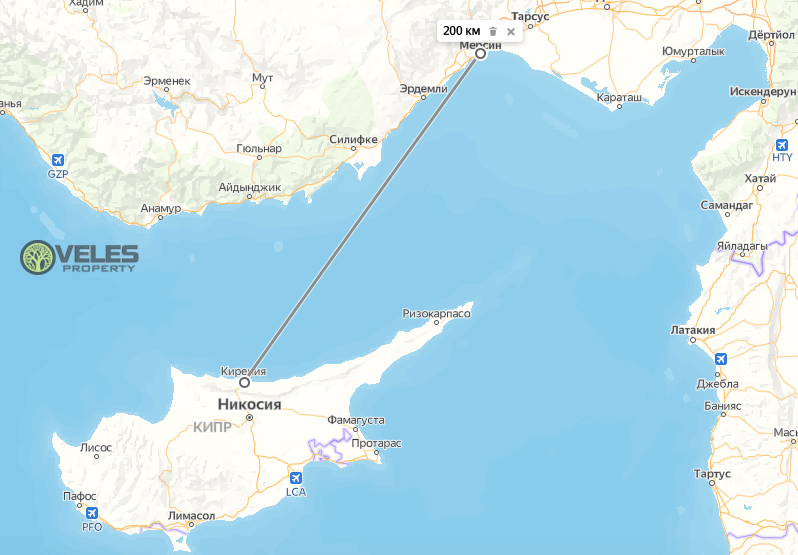
It is 200 kilometers from Girne (Kyrenia) to the Turkish nuclear power plant. Erdogan expressed hope that the commissioning of its first power unit will take place in May 2023. How much it will affect the purity of the waters coastal to the TRNC is not yet clear. I think time will tell…
Light pollution
Light pollution is associated with the excessive use of artificial lighting, in particular, we are talking about street lighting, billboards, and so on. As a result, it disrupts the natural cycles of life in nature, and also has negative consequences for humans, who can also have disrupted sleep cycles. As you know, Northern Cyprus is not Las Vegas 🙂 I’m in terms of bright lights and billboards. Even, I will say more, we, fortunately, even lag behind the entire civilized world in this regard. Well, that’s great! So, we will live longer… 🙂
Visual pollution
The term “visual pollution” is used when referring to something that obstructs the view of nature. This is a rather subjective concept, since people’s understanding of beauty and aesthetic perception can differ significantly. In general, when it comes to visual pollution, they talk about cities in which there are no or very few green spaces, so that a person does not see nature. I will leave this point without comment.
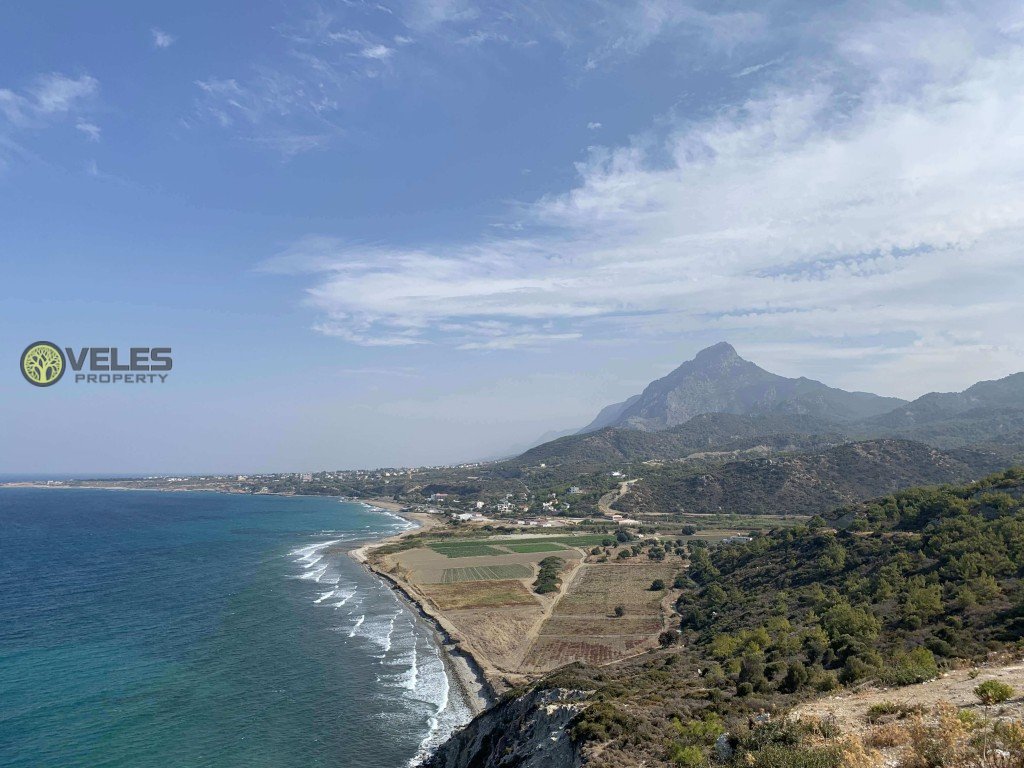
Because, if you noticed, 90 percent of all buildings in Northern Cyprus are up to 4 floors. It is not recommended to build higher! Only in exceptional cases, so as not to block the view of the mountains or the sea 🙂
Radioactive contamination
Humans have been living with radiation since the day they exist on earth, and they are exposed to radiation in natural and artificial ways. Radiation is divided into two parts: natural and man-made or ionizing radiation and non-ionizing radiation. Soil and the sun are the main sources of natural radiation. In addition to the sun, cosmic rays are also known as natural sources of radiation, which come to the world in the form of gamma radiation from the depths of space and even from galaxies, interacting with atoms in the atmosphere. Light is the visible source of radiation, and heat is felt. Our world is also somewhat radioactive. In other words, there are naturally occurring radioactive substances in its air, water, and soil. According to the International Atomic Energy Agency, all living people on the planet receive an average of 2.8 millisieverts (mSv) of natural radiation each year. 85% of this amount comes from the soil. The remaining 14% are caused by medical radiation and 1% are caused by man-made elements (the consequences of nuclear power plants, nuclear weapons, etc.).
Radon
Have you heard anything about radon? If not, let’s talk about it. Radon is a radioactive gas of natural origin, which is present indoors, coming out of the bowels of the earth. If we talk about buildings and structures, then, of course, a wooden house is considered the healthiest. But since such houses can be counted on the fingers of one hand in Northern Cyprus, we will discuss the average structure made of concrete, stone and blocks.
Radon gas seeps out of the soil and accumulates indoors. According to the International Atomic Energy Agency, the world average radon value is 400 Bq/m3, and the average value, for example, for Turkey, is 52 Bq/m3 per year. In other words, there is no dangerous accumulation of radon in Turkey.
Key facts
- Radon is one of the leading causes of lung cancer
- It is estimated that radon causes up to 14% of all lung cancers, coming immediately after smoking
- Smokers are at a higher risk of developing lung cancer because they also inhale radon from the air
- There are proven methods to prevent radon from entering rooms (ventilation of rooms or good insulation of the foundation)
- The concentration of radon in the air is easily determined using a small passive dosimeter
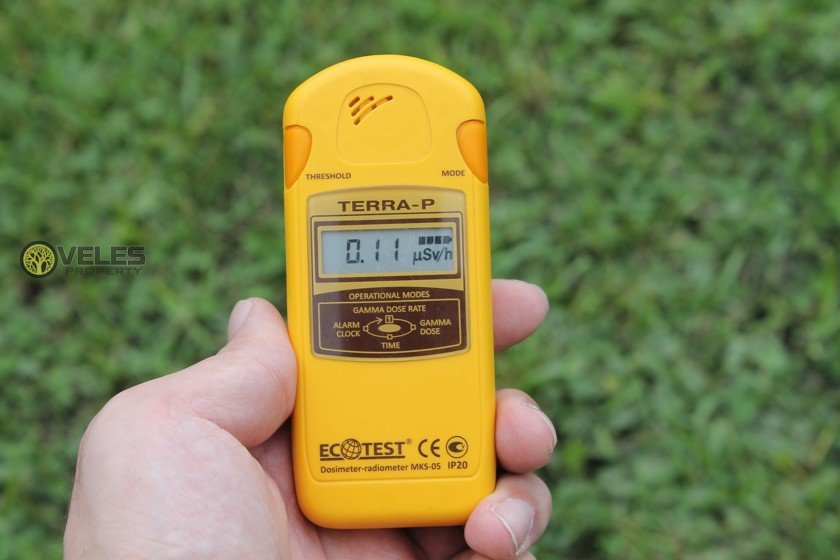
How does a dosimeter work?
There are several units of measurement for measuring radiation levels. The most common among them are Sievert, Gray and Roentgen.
- Sievert is the amount of energy absorbed by a kilogram of biological tissue, equal in effect to the absorbed dose of 1 Gy
- Gray is a unit that shows how much ionizing radiation energy is absorbed by one kilogram of matter
- Roentgen is a unit of exposure dose of radioactive exposure to X-ray or gamma radiation, determined by their ionizing effect on dry atmospheric air.
According to the WHO, the permissible dose of radiation for humans is set at 50−60 μr/h, or approximately 0.4−0.5 μSv/h. According to the radiation safety standards SanPiN, the permissible level of background radiation in the room should not exceed 0.3 μSv/h.
What is Radon?
Radon is an odorless, colorless, and tasteless radioactive gas. It is formed in the process of natural radioactive decay of uranium, which is present in all rocks and soils. Radon can also be present in water. Released from the ground into the air, radon decays to form radioactive particles. When we breathe, these particles are deposited on the cells of the epithelium of the respiratory tract, which is fraught with damage to DNA cells and can lead to the development of lung cancer. The concentration of radon in the ambient air quickly drops to a very low level if the rooms are simply ventilated. For example, in homes, schools and offices, radon levels can vary greatly from 10 to 10,000 Bq/m3. Given the properties of radon, it can be concluded that people in such buildings, perhaps, without realizing it, live or work in conditions of very high radon concentrations. It is estimated that smokers are 25 times more likely to develop lung cancer than non-smokers.
Radon in buildings
Most people are most exposed to radon in their homes, where they spend a lot of time. Radon enters buildings through cracks in the floors or at the joints of floors and walls, unsealed technological openings around pipes or cables, small pores in walls erected from hollow concrete blocks, etc.
Radon in North Cyprus
Radon levels in atmospheric and water systems throughout Cyprus have recently been measured using the Alpha Guard radon dosimeter. Indoor and outdoor radon levels were measured in several areas of the island. The mean outdoor and indoor radon concentrations are 11+/-10 and 7+/-6 Bq m(-3), respectively, and for tap water and groundwater 0.4 Bq l(-1) and 1.4 Bq l(-1), respectively. Based on these data, the annual dose equivalent of airborne radon for the population of Northern Cyprus is about 0.19 mSv/year, which is quite low compared to other European countries.
Radon in Russia
Rospotrebnadzor named the regions of Russia whose residents receive increased average doses of radon from natural sources. These are Tuva, the Stavropol and Trans-Baikal Territories, the Jewish Autonomous Region and the Irkutsk Region. In Russia, the average radiation dose from all natural sources of radiation is 3.35 mSv/year. That you will agree, quite a lot…
- Trans-Baikal Territory — 7.35 mSv/year;
- Jewish Autonomous Region – 6.55 mSv/year;
- Stavropol Territory — 5.77 mSv/year;
- Tuva — 5.62 mSv/year;
- Irkutsk Region — 5.38 mSv/year.
Inference
Based on all of the above, Northern Cyprus has excellent living conditions and receiving health from the virgin mother of nature. The sea, clean mountain air and beautiful weather are created so that we, people, feel great in these Cypriot lands. A small power plant and a few tons of garbage around the island is all I could find (dig up a dossier) on Northern Cyprus. If you found anything else, please write to me on Facebook. I will only be happy to discuss this issue. After all, we all live on the same small but beautiful island of Cyprus. Let it be Northern or Southern for everyone, but it is the only one. I love you, island 🙂
Source: Veles Enterprises
The article was prepared by: Valerii Veles
Ask your question directly to Veles experts. For a residence permit +90 (533) 826-04-49, buying or selling real estate +90 (542) 882-84-49, issuing apostilled powers of attorney +90 (542) 879-84-49, translation of documents +90 (533) 840-84-49, obtaining visas to the USA, Canada and other countries +90 (533) 833-33-98 – please contact Veles Property.
Read more articles about North Cyprus here.
Follow the developments in Northern Cyprus in our Telegram and Instagram
Watch all our videos on the YOUTUBE channel VELES


